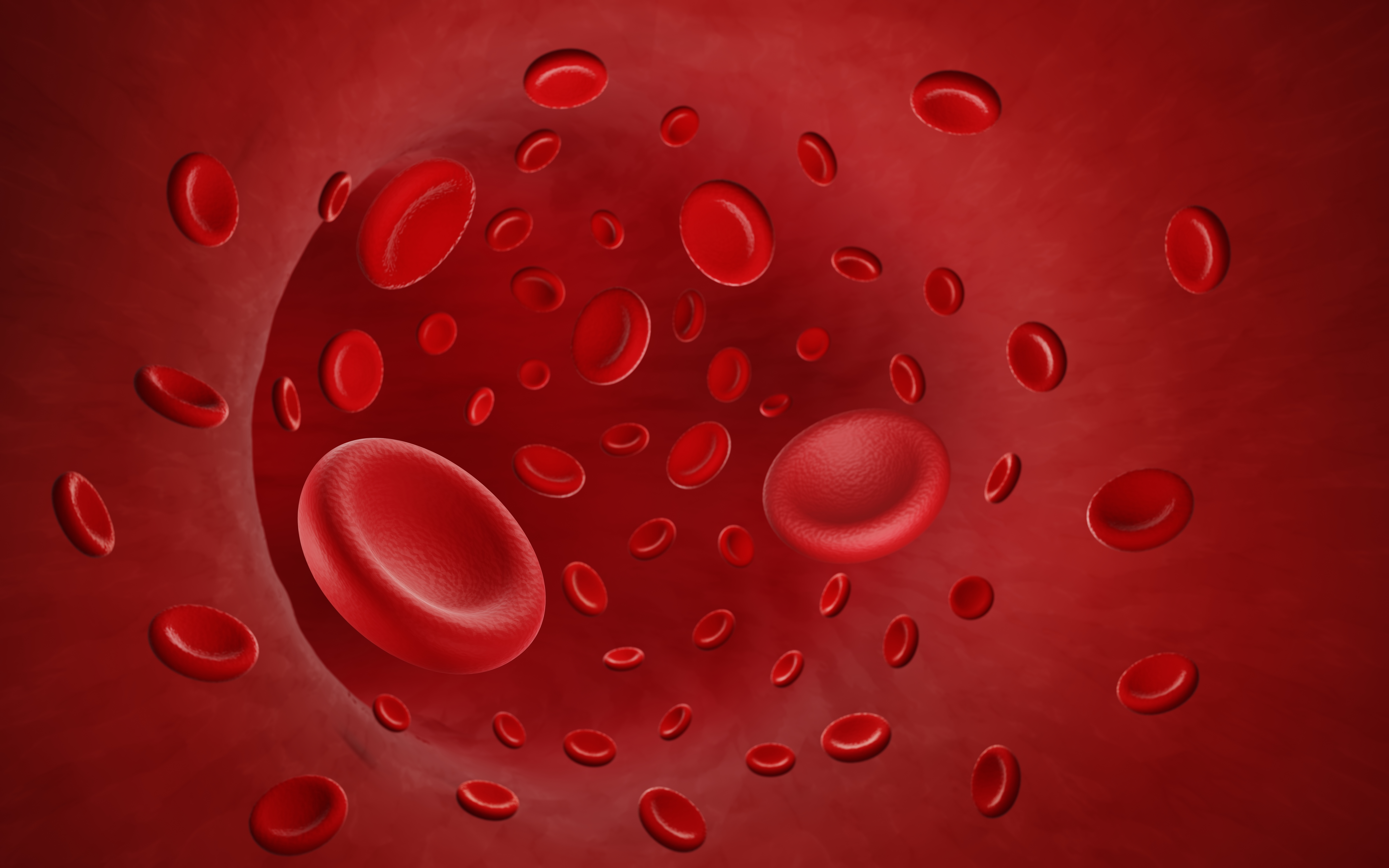 |
|
Diurnal rhythms in ocular biometry appear to be synchronized with melatonin secretion in both winter and summer. Photo: Getty Images. |
Intraocular pressure (IOP) reduction is achieved through medications, laser treatment or surgeries, all of which can be an enormous burden worldwide. Researchers are hopeful that it may be possible to reduce these burdens by controlling systemic parameters and adjusting lifestyle habits. The team found that higher values of age, aspartate aminotransferase, hemoglobin, platelet and calcium were significantly associated with decreased IOP, whereas higher alanine aminotransferase, guanosine triphosphate, white blood cell count, red blood cell count and female sex were significantly associated with increased IOP.
In this study, 20,909 eyes of 10,471 participants from a health checkup cohort were followed up for eight years, and the longitudinal effect of systemic factors on IOP were investigated in detail. IOP significantly decreased by -0.084mm Hg/year. The study’s results suggested that the blood cell components were influential on the longitudinal increase of IOP; higher hemoglobin and platelet values were significantly associated with decreased IOP, while higher white blood cell and red blood cell counts were significantly associated with increased IOP.
Body mass index, systolic blood pressure, diastolic blood pressure, smoking habits, total triglyceride, high-density lipoprotein cholesterol, low-density lipoprotein cholesterol and glycosylated hemoglobin A1c were not significantly associated with changes in IOP. The researchers believe this implies hepatic and biliary dysfunction cause a decrease in aspartate aminotransferase and an increase in alanine transaminase, and guanosine triphosphate induces a longitudinal increase in IOP, independent from the apparent metabolic syndrome.
“The entire reason for the significant association between the female gender and with the longitudinal increase of IOP is not clear,” the researchers wrote in their paper. “However, it may be because of the different tendency of various systemic parameters, including aspartate aminotransferase, alanine transaminase, guanosine triphosphate, high-density lipoprotein cholesterol and hemoglobin.”
“Lack of our knowledge regarding the mechanism of the association between blood cell components and IOP cannot fully explain the current results,” the team concluded. “Thus, further investigation is expected in the future, as evoked by this study.”
Asaoka R, Obana A, Murata H, et al. The association between age and systemic variables and the longitudinal trend of intraocular pressure in a large-scale health examination cohort. Invest Ophthalmol Vis Sci. 2022;63(11):22. |

